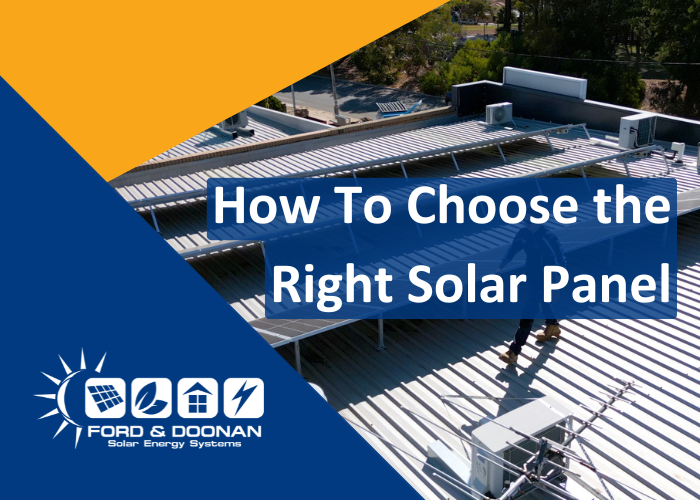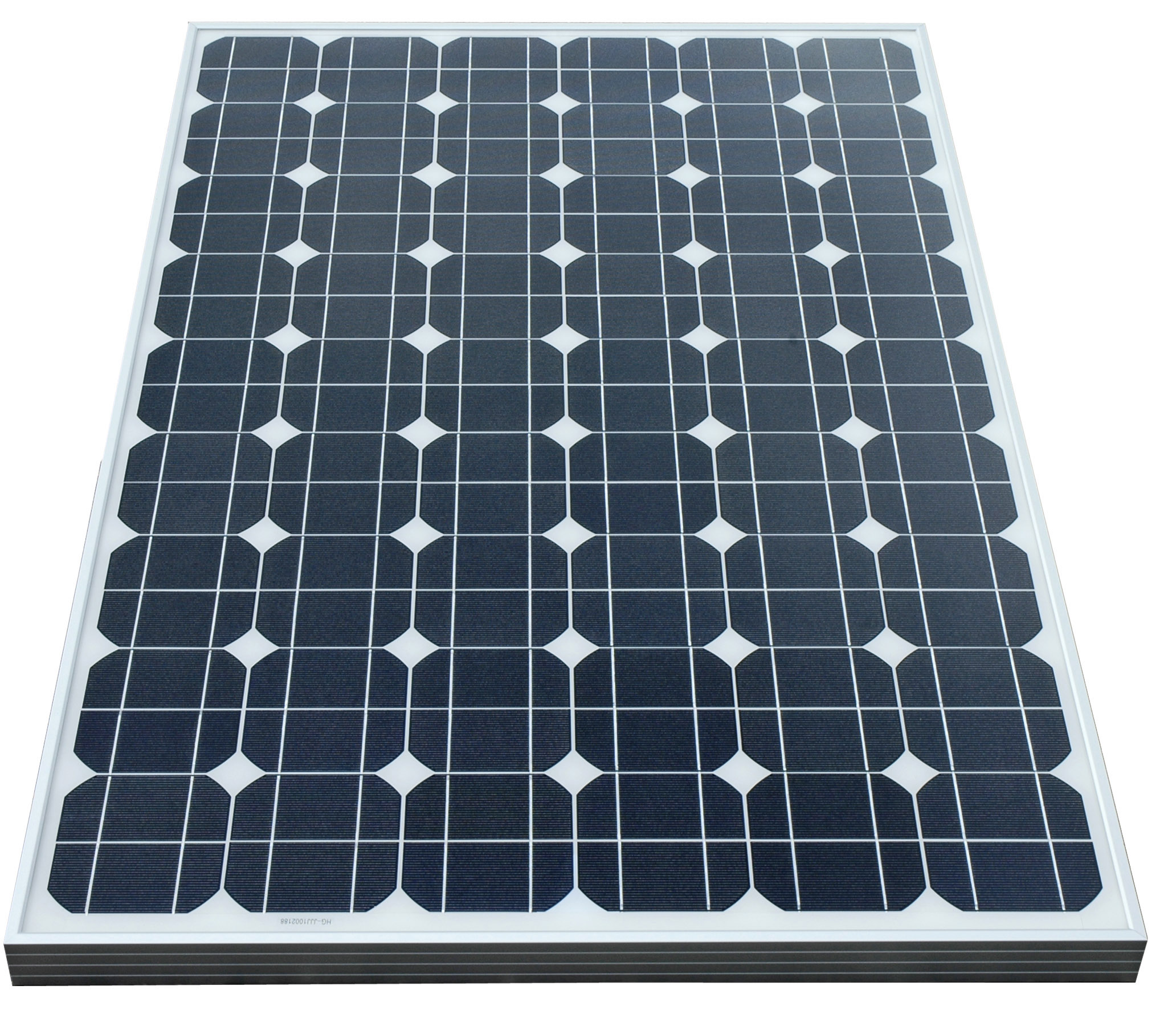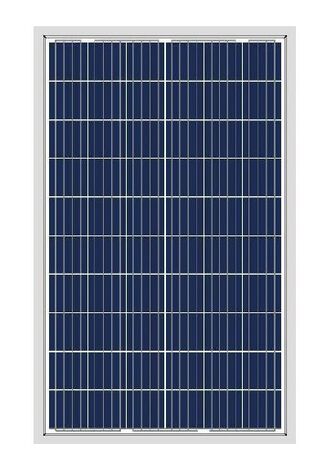23/09/2025
How to Choose the Right Solar Panels

Introduction
With Perth well-regarded as the sunniest city in Australia, many homeowners are looking to save on energy costs and reduce their carbon footprint with solar panels. With many options available at the moment, finding the right solar panels and solar power system for your home can be confusion.
Installing solar panels, and more importantly, the right number and type of solar panels, is an important factor. Understanding your home’s energy requirements, evaluating the different types of solar panels, and considering long-term performance are all crucial factors in ensuring that your investment pays off.
In this article, Ford & Doonan Solar will break down a number of key considerations to make when shopping for solar panels, the pros and cons of each panel types, and the importance of efficiency and durability so that you can make the best decision possible for your solar PV system.

Understand Your Energy Needs
Before selecting solar panels for your home, it’s essential to assess your electricity usage to determine the right solar system for your needs. Every household consumes energy differently, and understanding your consumption patterns will help you choose a solar power system that maximises efficiency and savings.
Monthly Energy Consumption
Start by considering your average monthly energy consumption. This is displayed on your regular electricity bill, and is often displayed as a total kilowatt-hour (kWh) usage. Reviewing and understanding your monthly energy consumption will help determine how much energy your rooftop solar system will have to generate to meet the needs of your home. To have a fully offset solar power system, knowing the exact energy usage across the time period is important.
To start, determine your peak usage times. Are you using more electricity during the day or night? This is a major consideration for the optimal design of your solar power system. If your energy usage is more during the day, the roof-mounted solar array will produce most energy, as it will work during the sunlight hours. Conversely, if your energy expenditure is higher during the night, you might need to explore the option of including a battery storage system. Solar batteries give you the option to save energy produced during the day to use at night, this way your reliance on the grid diminishes and your system improves.
Another aspect to think about is whether you intend to entirely offset your energy costs or just decrease them. While a few homeowners are adamant about being completely energy autonomous by producing enough solar energy to cater to all their electrical requirements, others might have a preference for partially offsetting their electricity bill with the help of solar power. In this situation, your system could be of a smaller size, and you might be able to depend on the grid for extra energy when your solar power generation is inadequate. Grasping the quantity of energy you can’t cover with solar for yourself is the condition for the size of the solar installation required.
Why does this matter? Choosing a system that aligns with your energy consumption is crucial for ensuring maximum efficiency and savings. A solar panel system that’s too large for your needs might lead to wasted energy and higher upfront costs. On the flip side, a system that’s too small will not generate enough power to meet your needs, leaving you still reliant on the grid and potentially negating the cost savings you were hoping to achieve. By accurately assessing your electricity usage, you can avoid overpaying for a system that provides more energy than you need or underinvesting in a system that won’t meet your goals.
Incorporating renewable energy like solar power into your home is a powerful way to reduce your carbon footprint, lower your electricity bills, and increase your energy independence. However, for solar panels to be truly effective, they need to be tailored to your unique energy needs. By carefully evaluating your monthly consumption, peak usage times, and overall goals, you’ll be on the right path to selecting the perfect solar solution for your home, maximising both your savings and your environmental impact.
Solar Panel Types: Monocrystalline, Polycrystalline, and Hybrid Interdigitated Back-Contact (HIBC)
When it comes to choosing the right solar panels for your home, understanding the different types of solar panels is key. Each type has its own set of advantages and disadvantages, depending on your specific needs, such as available roof space, budget, and aesthetic preferences. Here’s a breakdown of the three most common types of solar panels:
Monocrystalline Panels
- High Efficiency: Monocrystalline panels are known for their high efficiency, meaning they can convert more sunlight into electricity compared to other types. This makes them a great choice for homeowners with limited roof space, as they can generate more power in a smaller area.
- Space-Efficient: Because of their higher efficiency, monocrystalline panels require less space to meet your energy needs. This is ideal for homes with smaller rooftops or areas where you may not have a large enough roof for a bigger system.
- Long Lifespan: These panels tend to have a longer lifespan and better overall performance over time, making them a solid long-term investment.
- Higher Cost: While monocrystalline panels provide excellent performance, they are typically the most expensive option. However, the long-term savings and high efficiency may make them worth the investment.

A Monocrystalline Panel
Polycrystalline Panels
- More Affordable: Polycrystalline panels are generally more affordable than monocrystalline panels, making them a popular choice for homeowners on a budget. They are often considered a good balance between cost and performance.
- Slightly Less Efficient: These panels are not as efficient as monocrystalline panels, meaning they require more space to generate the same amount of power. However, they still offer solid energy production, making them suitable for average-sized homes with ample roof space.
- Lower Manufacturing Costs: The process of manufacturing polycrystalline panels is simpler and less expensive, which contributes to their lower price point.
- Good Performance: While they may not perform as well as monocrystalline panels, polycrystalline panels still offer decent energy generation and have a relatively long lifespan, making them an excellent choice for homeowners who want to balance cost with quality.

A Polycrystalline panel
Hybrid Interdigitated Back-Contact (HIBC)
- High Efficiency: Improved optical and carrier transport management through reconstruction of cell structures
- High Power Density: Optimisation of cell design and materials allows HIBC modules to achieve a power density of 259W/m² (Logi’s 700w modules)
- Hybrid Approach: The crystalline silicon solar cell is based on a full size silicon wafer, allowing it to achieve the world record breaking power conversion efficiency
How to Choose
When deciding on the best type of solar panels for your home, several factors should guide your decision:
- Roof Space: If you have limited roof space, monocrystalline panels may be the best choice due to their high efficiency. On the other hand, if you have plenty of space, polycrystalline or thin film panels might be more suitable.
- Budget: Monocrystalline panels are the most efficient but come at a higher cost. Polycrystalline panels provide a good balance of cost and performance, while thin film panels offer an affordable solution, albeit with lower efficiency.
- Aesthetic Preferences: Monocrystalline panels have a sleek, black appearance that some homeowners prefer, while polycrystalline panels are blue and may not blend in as seamlessly. Thin film panels can have a more flexible and uniform look but may be less visually appealing to some homeowners.
Choosing the right type of solar panels is essential for ensuring that your solar panel installation maximises both your energy efficiency and savings. By considering factors like roof space, budget, and aesthetics, you can make an informed decision that suits your home and energy needs.
Panel Efficiency and Power Output
Efficiency Ratings
The efficiency rating of a solar panel is a critical factor in determining how much power it can generate from the available sunlight. Higher efficiency panels are designed to produce more power in less space, which is especially important for homeowners with a limited rooftop area. A solar panel with a higher efficiency rating will convert a greater percentage of sunlight into usable energy. This can lead to significant energy savings, as fewer panels are needed to meet your energy demands. When selecting panels for your home, be sure to look for those with high efficiency ratings to maximise the amount of power your system can generate.
Wattage and Output
Wattage refers to the amount of power each solar panel can generate under standard test conditions. Panels with higher wattage ratings will produce more electricity, making them an important consideration when designing your solar system. The wattage you choose should be based on your household’s energy needs, which you can assess by reviewing your average monthly electricity consumption. If you aim to offset a significant portion of your electricity costs or fully power your home, matching the wattage of your panels to your energy requirements is crucial. Additionally, selecting higher wattage panels can help you generate excess energy, which you can store in batteries or send back to the electricity grid, potentially earning you credits or offsetting costs.
Long-Term Benefits
Investing in higher efficiency panels can provide long-term benefits, including better performance and higher energy savings over time. While the initial cost may be higher, efficient solar panels tend to perform better in the long run, yielding more energy generation and saving more on your electricity bills. Their improved performance also means that they are more likely to withstand environmental factors, such as dust, dirt, and weather conditions, over the years. As the panels continue to produce more energy, they can reduce your reliance on the electricity grid and increase your energy independence. Ultimately, the investment in higher efficiency panels may offer significant savings in the long run, making them a wise choice for homeowners looking to make the most of their solar power system.

Durability and Warranty
Panel Lifespan
Typically, solar panels have an operational lifespan of around 25 to 30 years. However, it’s important to remember that not all solar panels are created equal. The quality of materials and manufacturing standards can significantly affect their lifespan. Efficient panels constructed from high-quality components will typically perform consistently for the full duration of their lifespan, providing homeowners with reliable energy and substantial savings. On the other hand, lower-quality panels might experience performance degradation much earlier, affecting overall energy production and potentially resulting in additional costs or early replacement.
Warranty Options to Look For
When installing solar panels, understanding warranty coverage helps homeowners protect their investment. Solar panels usually come with two different warranty types:
- Product Warranty (10–12 years): This warranty covers manufacturing defects, structural integrity, and other physical issues that might arise after installation. A robust product warranty ensures that any defective panels or workmanship problems will be addressed at no additional solar panels cost to the homeowner. Be sure to review the product warranty of each solar panel independently, as they may differ.
- Performance Warranty (25 years): Performance warranties guarantee that your solar panels will maintain a certain level of efficiency and output over a prolonged period. Typically, manufacturers promise that panels will produce at least 80–85% of their original power capacity after 25 years. This is particularly important, as it provides confidence in consistent long-term savings on your energy bills. Be sure to review the performance warranty of each solar panel independently, as they may differ.
Importance of Durability in Perth’s Climate
Perth’s climate, characterised by intense sunshine, high summer temperatures, and occasional storms, makes durability especially critical when selecting solar panels. Panels must withstand exposure to intense UV rays, heat fluctuations, and occasional hail or windstorms. Choosing solar panels specifically designed or tested for Australian conditions ensures that your investment can reliably withstand these environmental challenges
Cost and Return on Investment
Upfront Cost Considerations
When investing in solar panels, it’s essential to understand the initial investment required. The upfront cost includes not only purchasing the panels themselves but also the installation fees. Fortunately, Australian homeowners, including those in Perth, can significantly reduce this cost through government incentives such as Small Scale Technology Certificates (STCs). These certificates act as a solar rebate, lowering the overall cost based on how many solar panels you’re installing and their rated capacity.
Long-term Savings
The most appealing aspect of investing in solar power is the long-term savings. With rising electricity prices across Australia, solar panels provide a stable and predictable energy cost. Over the lifespan of your solar system, typically around 25–30 years, the savings on your electricity bills can easily surpass the initial investment. By generating your own power, you reduce dependency on the electricity grid, insulating your household from future rate increases.
Choosing Based on Your Budget
Selecting the right solar system means balancing cost with quality. While it might be tempting to opt for the cheapest panels, investing in higher-quality, efficient solar panels typically pays off in greater long-term savings and reliability. Careful consideration of your energy needs, budget, and financing options ensures your solar investment delivers optimal financial and environmental returns for many years to come.
Conclusion
Choosing the right solar panels for your home goes beyond simply comparing upfront costs—it’s about finding the perfect balance between efficiency, durability, and value. By carefully assessing your energy usage and understanding the differences between panel types, you can confidently select a solar power system tailored to your specific needs. Efficient panels not only maximise your energy savings but also deliver consistent long-term performance, crucial in Perth’s harsh climate.
At Ford & Doonan Solar, we’re committed to helping Perth homeowners navigate this important decision with ease. Our expert team is ready to guide you through the process, offering personalised advice and solutions that match your goals and budget. Contact us today for a free consultation, and let us help you harness Perth’s abundant sunshine, reduce your energy costs, and contribute to a cleaner, greener future. Investing in the right solar panels is a decision that benefits your home, your wallet, and our environment—now and for many years to come.
